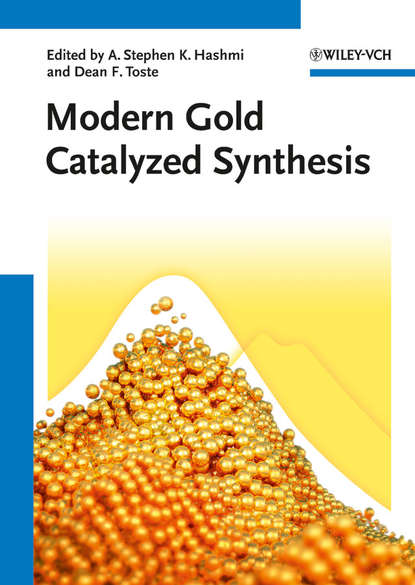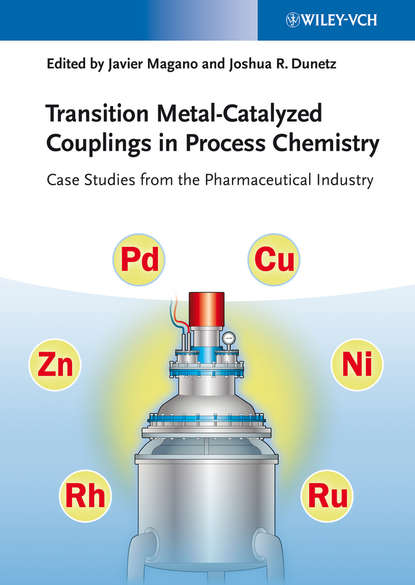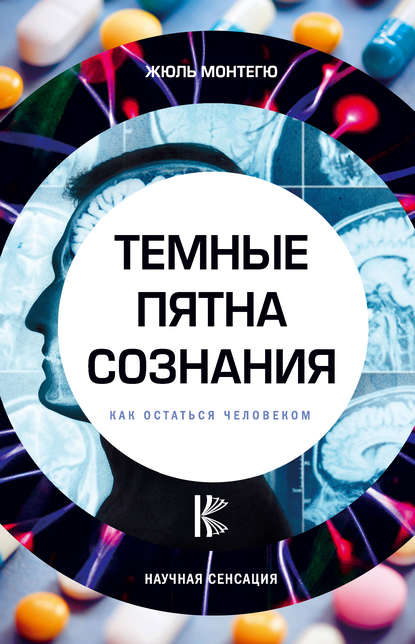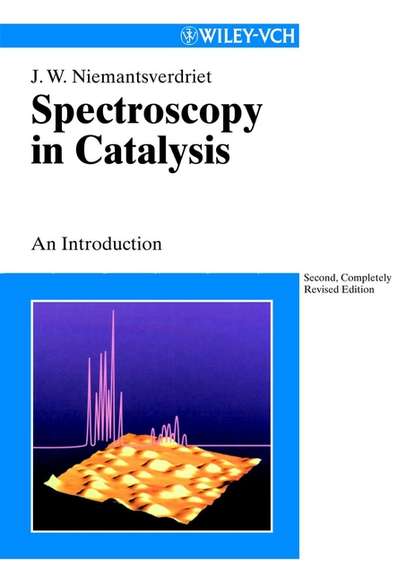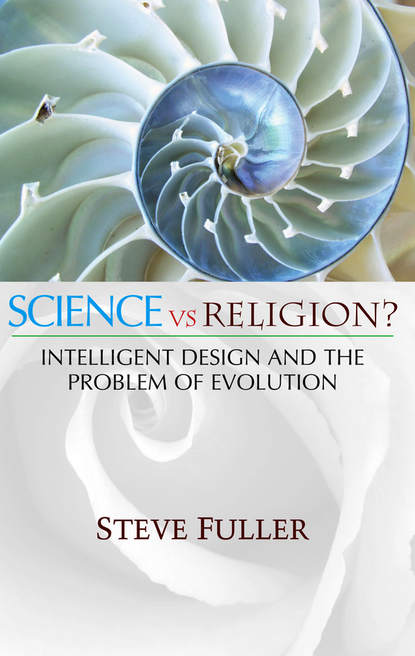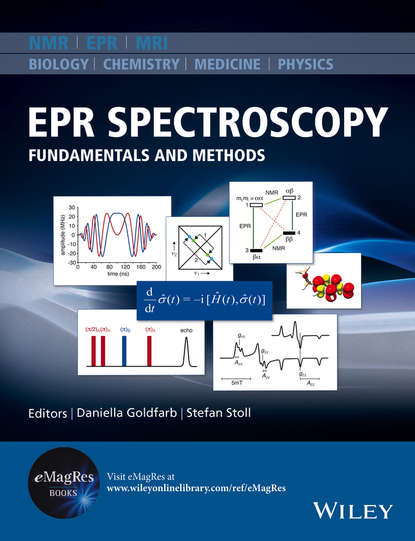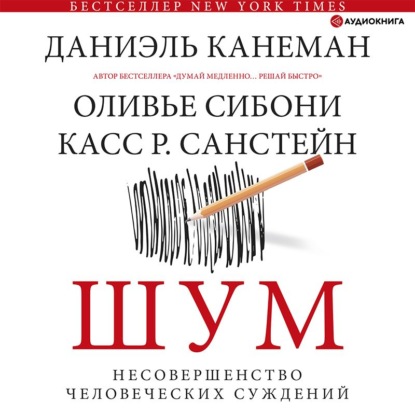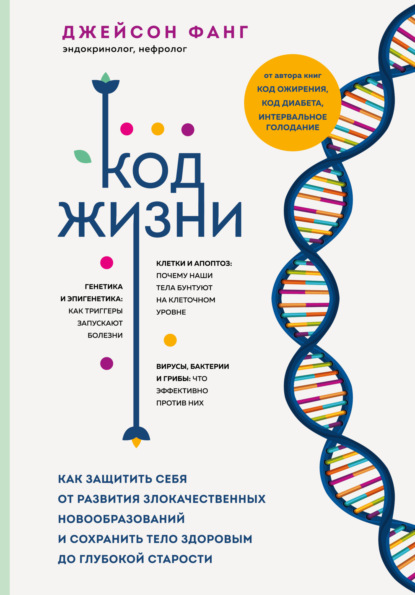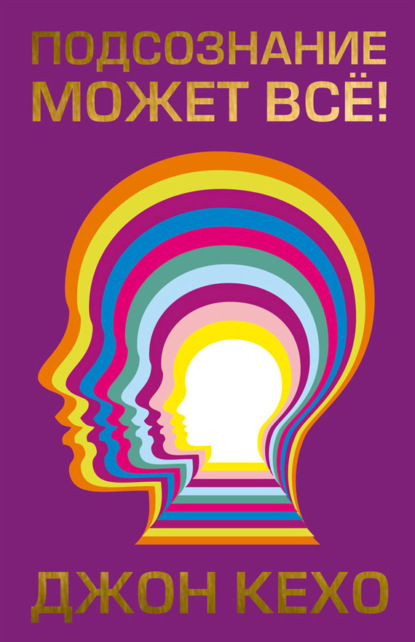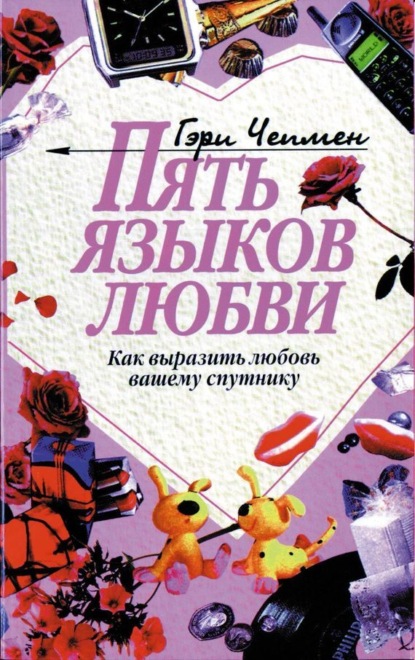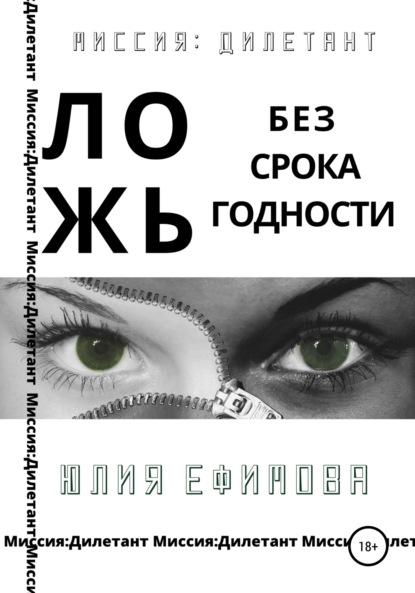Книга "Modern Gold Catalyzed Synthesis" рассматривает влияние золота на катализ в органической химии и науке о материалах. Золото привело к появлению новых типов реакций, которые нашли применение в нанотехнологии, самосборке/супрамолекулярных системах, биохимии и медицинской химии. Книга охватывает как однородную, так и неоднородную катализу, а также золото-каталитические реакции, связанные с синтезом природных продуктов. В книге рассматриваются такие темы, как золото-каталитическое добавление гетероатомных нуклеофилов к алкинам, золото-каталитические добавления к алленам и алкенам, бензаннуляция, циклоизомеризация и реакции перестройки, а также окисление и восстановление. Книга предназначена для синтетических, неорганических и органических химиков, а также физических и технических химиков.
Covering mainly carbon-carbon bond-forming reactions across a broad range of arene systems and functional group diversity, this comprehensive monograph gives important examples of how gold nanoparticles supported by palladium or copper act as robust and efficient catalysts. It is enjoyable reading and contains an interesting range of synthetic paths for leveraging the impact of gold.
Электронная Книга «Modern Gold Catalyzed Synthesis» написана автором A. Stephen K. Hashmi в году.
Минимальный возраст читателя: 0
Язык: Английский
ISBN: 9783527646890
Описание книги от A. Stephen K. Hashmi
With its impressive features, gold has led to completely new reaction types in recent years, which in turn have strongly influenced both organic catalysis and material science. Other fields where a significant amount of new results has been obtained include nanotechnology, self assembly/supramolecular systems and biochemical/medicinal chemistry. As a result, gold is one of the hottest topics in catalysis at the moment, with an increasing amount of research being carried out in this field. While focusing on homogeneous catalysis, this monograph also covers the main applications in heterogeneous catalysis. Following a look at the gold-catalyzed addition of heteroatom nucleophiles to alkynes, it goes on to discuss gold-catalyzed additions to allenes and alkenes, gold-catalyzed benzannulations, cycloisomerization and rearrangement reactions, as well as oxidation and reduction reactions. The whole is finished off with a section on gold-catalyzed aldol and related reactions and the application of gold-catalyzed reactions to natural product synthesis. Of interest to synthetic chemists and inorganic chemists, as well as organic chemists working in homogeneous catalysis, physical and technical chemists.
